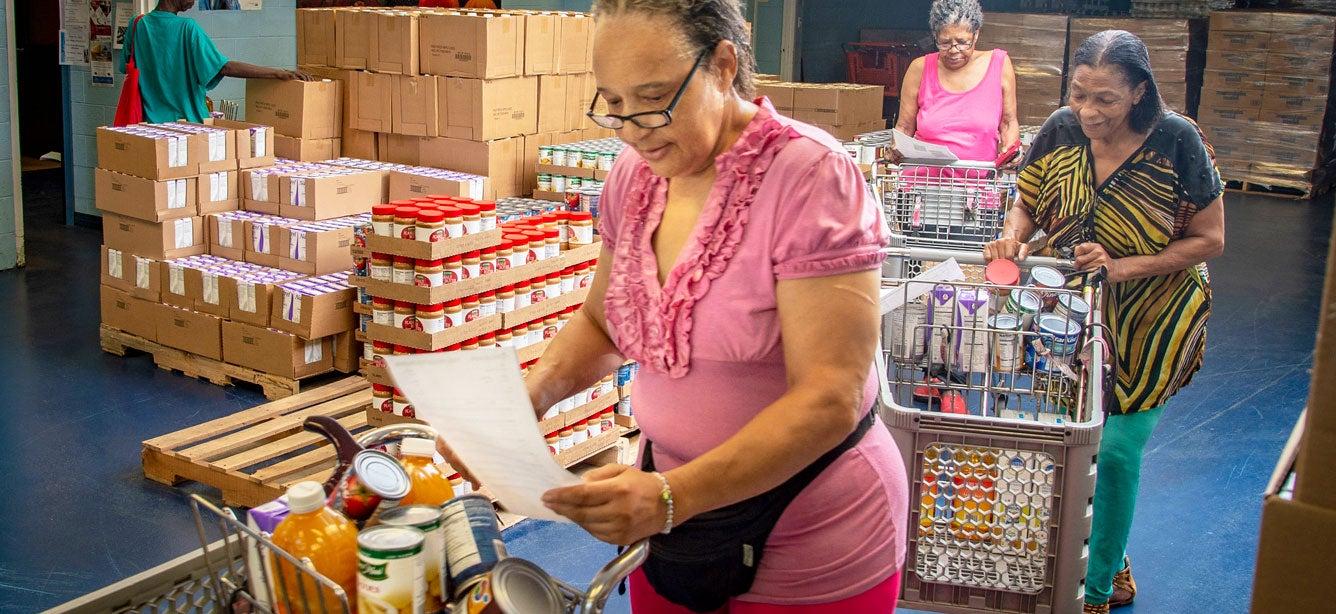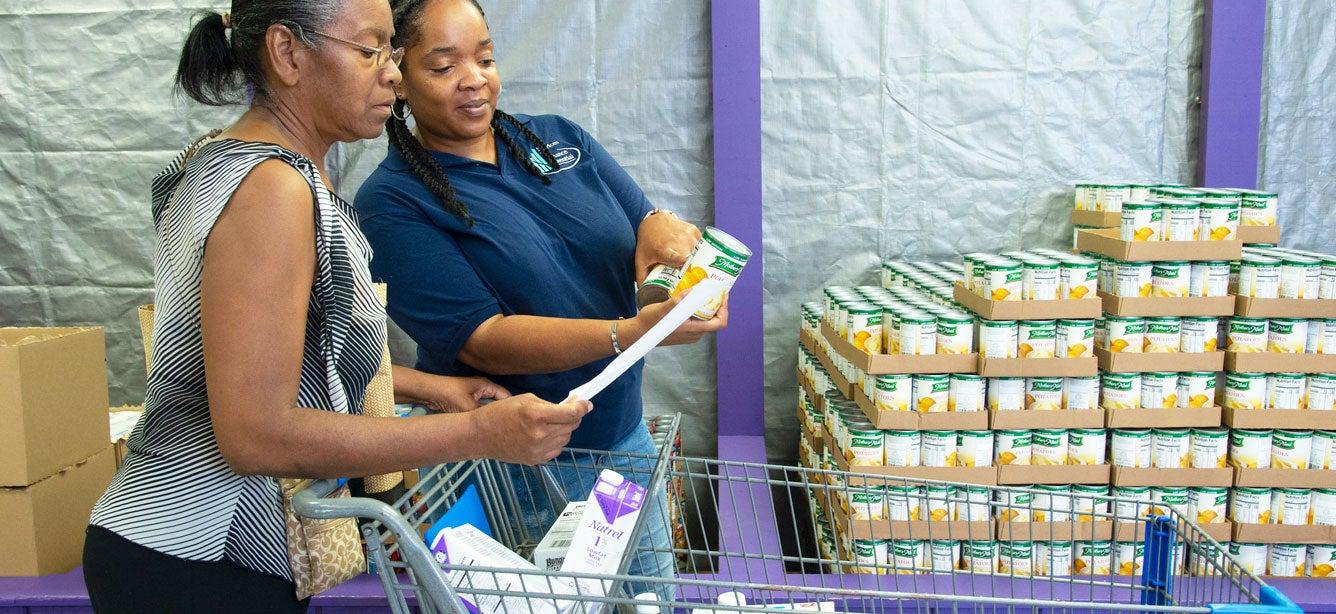
For more than half a century, baby boomers have shaped American society. To accommodate the 76 million people who make up this cohort, we built schools, expanded neighborhoods to accommodate their growing families, and saw an expansion of the workforce as they contributed to a growing economy.
Boomers entering into retirement face food insecurity
Even as many boomers remain in the workforce for years longer than prior generations, we are beginning to see an inexorable movement toward retirement for a generation who will make up the largest senior population in American history.
Some will have the resources to support their health and well-being during these years. However, a great many enter this stage of their lives without the means and ability to care for themselves. And sadly, far too many seniors are food insecure.
Today, Feeding America—the largest domestic hunger-relief organization—serves more than 13 million older adults. As the senior population increases (roughly 10,000 baby boomers will turn 65 every day for the next 30 years), the number of seniors facing hunger will continue to grow significantly.
Feeding America creates capacity to help older adults stay healthy and strong through nutrition
Consequently, we’re actively building our capacity to meet this growing need in the years ahead. This means developing innovative programs that accommodate specific dietary needs of seniors—enabling people to stay healthy and strong for as long as possible.
Nutritious food is critical for people at every stage of life, but it can be particularly important for us as we age. Studies show that seniors facing hunger have an increased risk of chronic health conditions. They’re 60% more likely to experience depression, 53% more likely to report a heart attack, and 40% more likely to report congestive heart failure than seniors of the same age who do not struggle with hunger.
Nutritious food can often help manage or prevent these conditions and promote better health in the long-term.
The Feeding America network is working to deliver nutritious food to older adults through senior grocery programs, the Commodity Supplemental Food Program (CSFP), congregate meal service, farmers markets, home delivery, cooking and nutrition classes, and more.

How SNAP is helping older adults buy nutritious food
We are also delighted to collaborate with NCOA to help address the senior SNAP gap where only 41% of eligible seniors nationwide are enrolled and receiving SNAP benefits. The Supplemental Nutrition Assistance Program (SNAP, formerly known as Food Stamps) provides eligible seniors with resources to buy groceries and fresh nutritious food at local stores, helping them to make ends meet. There are a variety of reasons why participation among seniors is lower than average, and working together we can address these challenges and help older Americans access this important resource.
This National Nutrition Month™, we encourage individuals, organizations, corporations, and government to work together to prepare for and serve this growing population, and ask you to encourage your friends, colleagues, and neighbors to join us in the fight to #SolveSeniorHunger.
Learn more about how you can get involved with Feeding America in our #SolveSeniorHunger work at https://www.feedingamerica.org/hunger-blog/solving-senior-hunger




